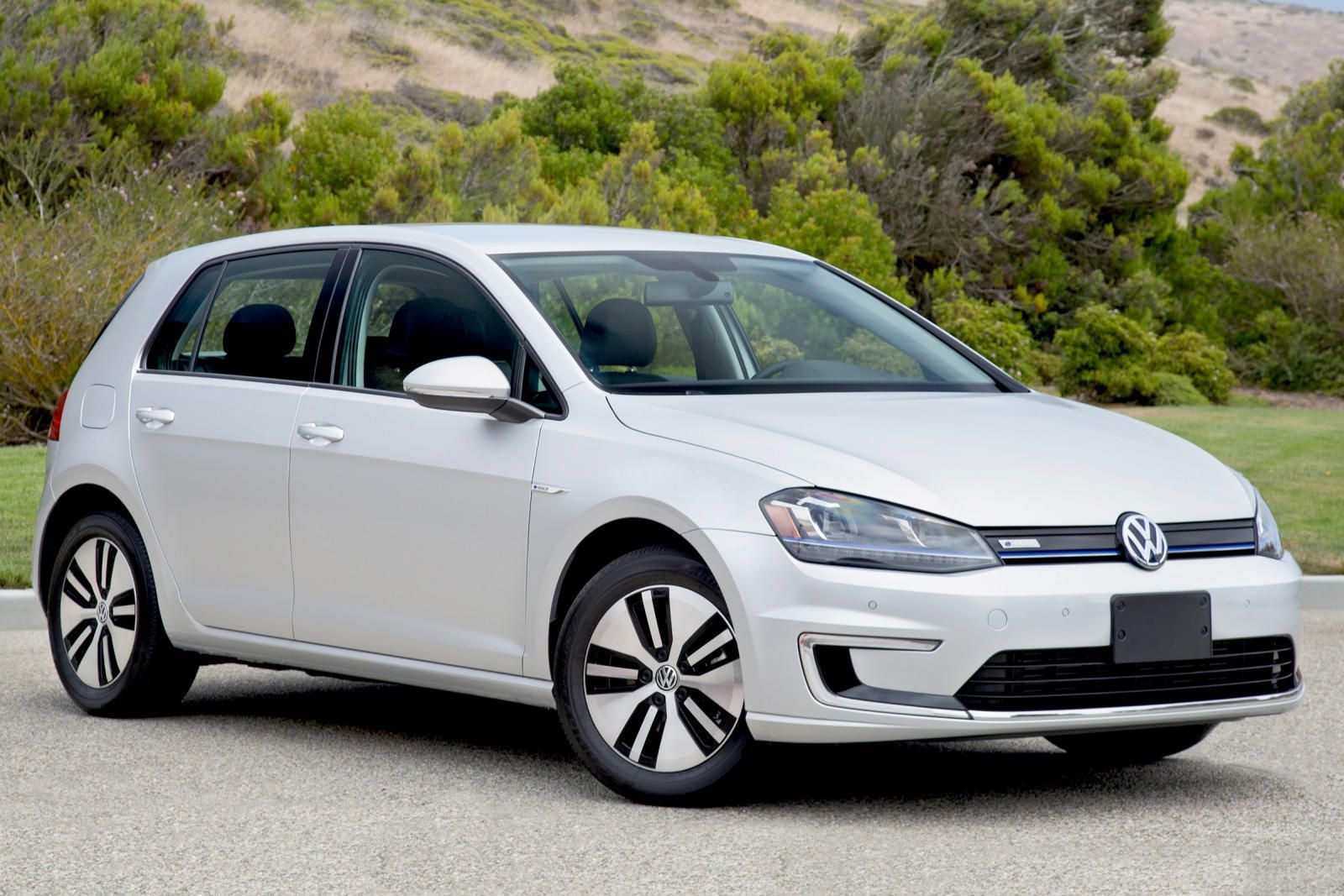
Although the all-new Volkswagen ID.3, revealed at the 2019 Frankfurt Motor Show, won't be sold in the US, a crossover version of it will be. Potentially dubbed the ID.4 or ID.4 X, both vehicles ride on the same all-electric platform and share all essential components such as batteries and electric motors. Volkswagen has committed to spending some $72 billion on future EV development and associated programs, meaning it's going all-in with electrification. Sooner or later, combustion engines may very well be a thing of the past. And then there's this all-important piece of information: the ID.3 is cheaper to build than the outgoing e-Golf.
VW CEO Herbert Diess stated this fact to investors this week, according to a Reuters report. "If you focus on an electric platform, all in all, it accounts for a 40% reduction against the predecessor electric Golf," Diess said. "Most of it from cells and the battery system. Around 5-10% comes from dedicating an entire plant to electric vehicles."
Not only does the ID.3 cost less to build than the e-Golf, which is not overly surprising given it had to be specially outfitted with EV guts, this now provides VW with confidence it can successfully shift from combustion-engined vehicles to electric cars without losing money.
The Volkswagen Group, so far, has two electric vehicle platforms, MEB and J1. The MEB platform underpins the ID.3 while J1 serves as the basis for the Porsche Taycan. Premium Platform Electric, or PPE, is currently in development.
Some 20 million of the electric vehicles VW plans to sell across all of its brands annually will ride on MEB. The upcoming VW bus, for example, is also MEB-based. Internal combustion, for VW, isn't going anywhere just yet. The automaker also plans to sell nearly 6 million hybrid vehicles by 2029.
The transition to an all-electric future, at least with VW, is already underway and the ID.3 is already proving itself financially viable from a production standpoint.
